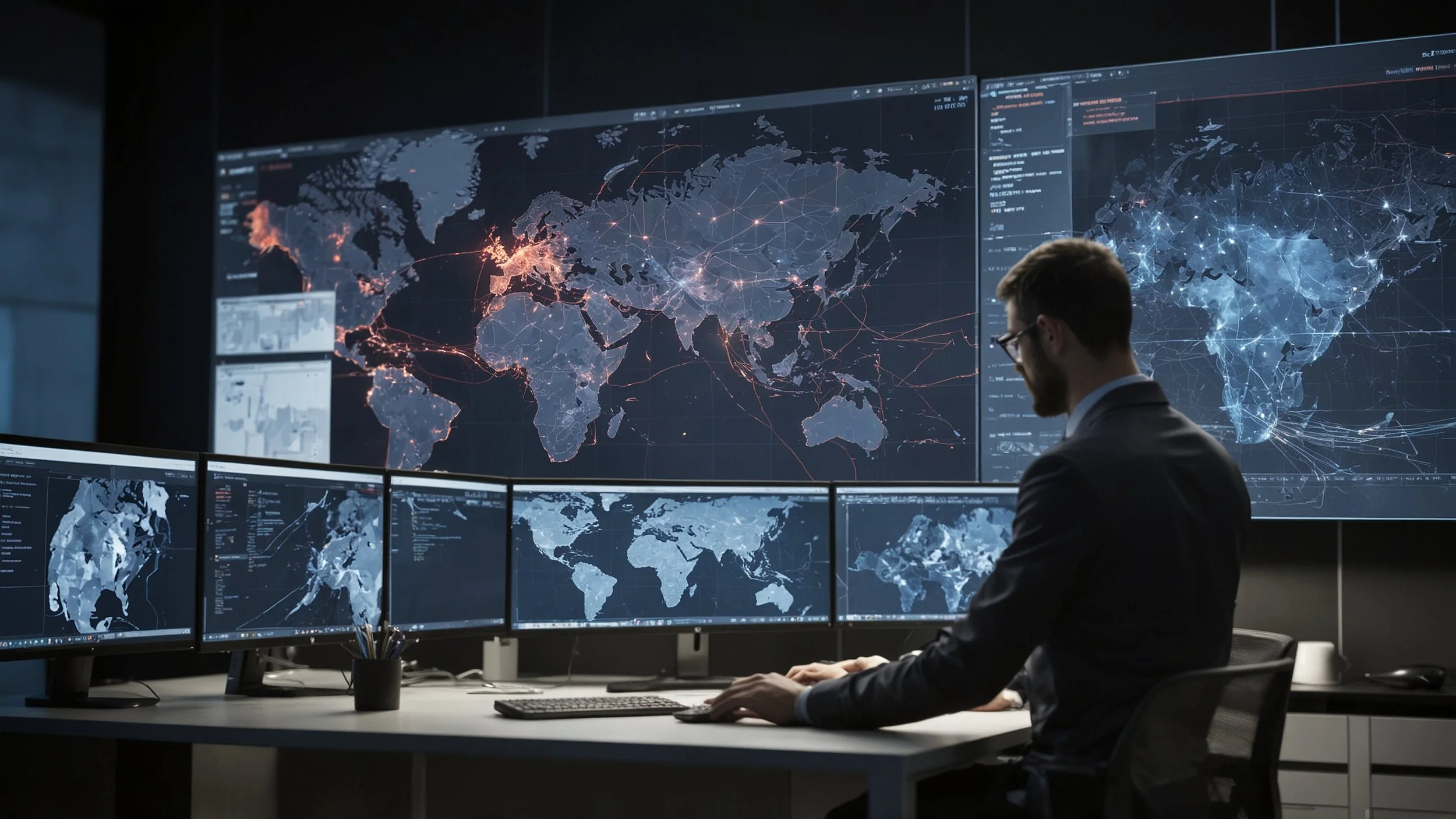The Impact of Artificial Intelligence on Cybersecurity by 2025
Artificial intelligence (AI) continues to chart a path of equitable innovation, and 2025 emerges as a crucial milestone in the field of cybersecurity. Industry specialists foresee radical transformations in the impact of AI on global energy consumption, software advancement, regulatory scenarios and cyber threats. Faced with these challenges, organizations are turning to expert cybersecurity recruitment agencies to address critical talent shortages and strengthen their protections. With powerful collaborations such as Microsoft and OpenAI, the future of Artificial Intelligence looks promising, but it is fraught with potential risks. This reality presents great opportunities, but also considerable challenges for individuals, organizations and governments on a global scale.
The Growing Influence of AI on Energy Consumption
With the accelerated adoption of AI technologies at a pace never seen before, the global energy requirement has increased significantly, particularly in data centers, which function as the core of AI operations. McKinsey reports that between 2015 and 2024, the number of global data centers doubled, exceeding 7,000. According to Deloitte, by 2034, the energy consumption of these centers could triple, reaching a staggering 1,580 TWh. At this rate, Artificial Intelligence could constitute 19% of all energy demand by 2028. Innovations such as nuclear power and in-memory computing (IMC) architectures could prove critical to increasing energy efficiency.
AI and the Evolution of Cyber Threats
Artificial Intelligence not only affects the physical infrastructure, but also changes the type of cyber threats. This leads to a paradigm shift in the field of cyber security and threat behavior.
It is anticipated that autonomous incident response systems will be in place by 2025. These systems will be able to identify threats, remove malware and implement proactive mitigations before an infection spreads.
- Artificial Intelligence makes it easier for attackers to personalize attacks. One of the most common methods is phishing, where attackers replicate personal communication styles to deceive victims.
- Adaptive malware is becoming commonplace. This type of malware has the ability to evade traditional detections, making conventional antivirus solutions less effective.
- Cybercriminals could detect vulnerable entities more efficiently. They will use automated attacks to exploit flaws in systems, which increases the risk of significant security breaches.
- Advances in AI technology allow these threats to evolve rapidly. This presents an ongoing challenge for the development of effective cybersecurity countermeasures.
The Advance of Deepfakes and Synthetic Realities
Deepfake technologies are shaping up to be a considerable challenge in the year 2025. This type of technology represents a powerful tool that attackers can use for a variety of malicious purposes.
Deepfakes can be used to spread falsehoods, making erroneous or falsified information appear to be true.
Another use is to damage reputations, damaging the public image of individuals by presenting false content as true.
- These technologies also make it easier to carry out scams, creating more convincing deceptions to defraud individuals and organizations.
- Deepfake detection tools are also expected to advance, although these improvements may take time to reach a point where they detect fraud immediately.
- Synthetic identity fraud will be enhanced by Artificial Intelligence, reaching unprecedented levels of sophistication.
- Fraudsters will create more convincing fake voices and identities, complicating the task of identifying impersonations.
- Computer criminals will fabricate hyper-realistic fake videos and sounds of executives.
- These contents will be used to deliver incorrect instructions, in order to manipulate and mislead employees and collaborators.
2025 represents a critical point for cybersecurity, with Artificial Intelligence playing an essential role in the progression of threats and solutions. While the possibilities seem encouraging with technological advancements and novel solutions, the dangers associated are unquestionable and often uncertain. Entities are obliged to move forward, strengthening their protections and ensuring that both innovative and conventional technologies not only coexist, but collaborate together for a safer and more sustainable future. Consequently, cooperation between the technology sector and government will be essential to achieve a balance between innovation and security.






